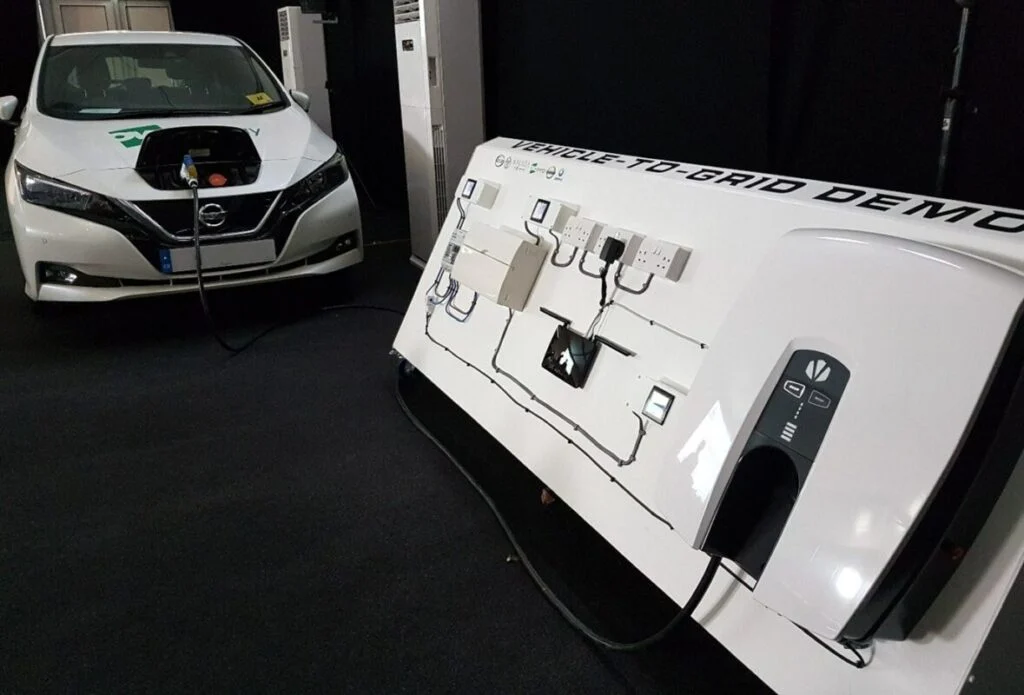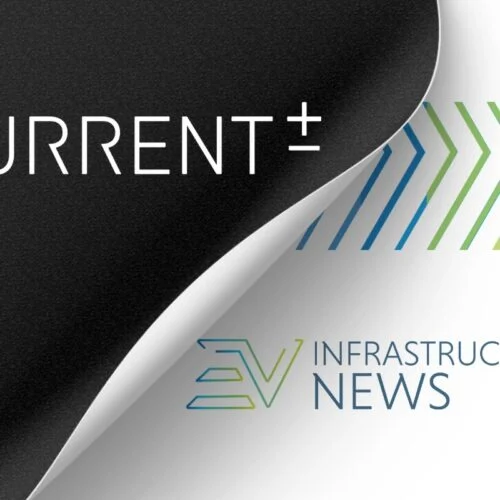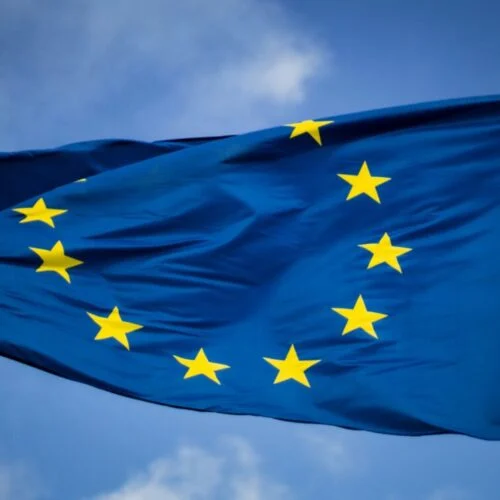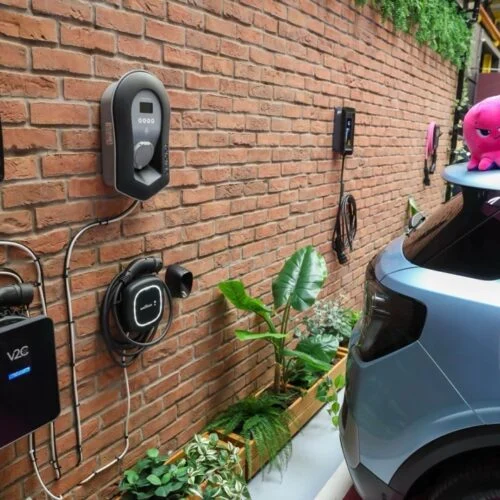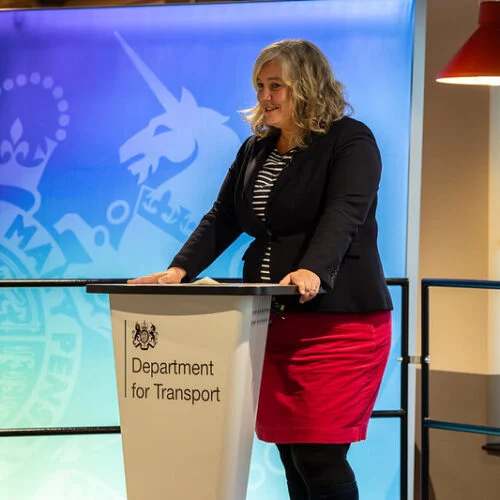The National Energy System Operator’s (NESO’s) Future Energy Scenarios (FES) set out that for net zero by 2050 to be met, at least 31 million EVs will be on the road.
Basing its modelling on the fact that from 2030 all car sales will be zero emissions (per the zero emission vehicle mandate), NESO modelled faster EV uptake in its net zero pathways than the ZEV mandate requires.
NESO said that EV uptake is the most credible way of reducing emissions in the short term “as we are beginning to see cost parity in EVs while other sectors are proving more challenging”.
The 2025 Future Energy Scenarios: Pathways to Net Zero is the fifteenth FES and first since NESO was established.
Like last year, the FES gives an independent view of ‘pathways’ for the whole energy system to follow towards net zero. According to the foreword by NESO’s strategy and policy director Claire Dykta, the last year has been “characterised by action, acceleration and ambition”.
However, although “progress is underway” to support the government’s Clean Power 2030 Action Plan (CP30), this year’s pathways “show the scale of work that remains”.
FES 2025 also considers EV uptake in terms of the electricity demand created by charging and the potential for consumer flexibility.
NESO’s pathways to net zero
The three pathways to net zero in 2050 are as follows:
Holistic Transition, in which net zero is met through mix of electrification and hydrogen, latter mainly in industrial clusters, not used as heat except as secondary fuel in heat networks. Consumer engagement is very strong and the pathway also assumes a high renewable capacity, with a sharp drop in gas and moderate levels of nuclear capacity. Supply side flex is high, via energy storage and interconnectors – no unabated gas on the network in 2050.
Electric Engagement sees net zero achieved through electrified demand, with consumers highly engaged in the transition through smart tech. Electric Engagement has the highest peak electricity demand, requiring high nuclear and renewable capacities. It also has the highest level of bioenergy with carbon capture and storage across all the net zero pathways. Supply side flexibility is high, similar to the Holistic pathway with additional provision from low carbon dispatchable power.
Hydrogen Evolution sees fast progress in the hydrogen industry and the heat sector meet net zero. Hydrogen is used for some heavy goods vehicles, but EV uptake is strong. This pathway sees high levels of hydrogen dispatchable power plants, leading to reduced need for renewable and nuclear capacities. Most flexibility in this pathway comes from hydrogen storage.
All pathways see “substantial and continued” development of new power assets and infrastructure.
The Holistic pathway assumes slightly lower EV uptake by 2050 (31 million) than in Electric Engagement, which would see 33.4 million EVs on the road, and Hydrogen Evolution would see the most, at 36.1 million.
These figures are an increase on those modelled in FES 2024. FES 2025 uses an updated unmanaged charging profile compared to last year’s scenarios, which shows what peak demand would be if charging began as soon as an EV was plugged in.
Smart charging, which is increasingly common, automates charging to begin at low demand times.
However, FES 2025 shows that even with unmanaged charging, increased EV battery sizes lead to fewer, longer charging periods and less peak demand. This has a positive effect, but does reduce flexibility available from smart chaging from 2024’s 16GW to 10GW in FES 2025’s Holistic Transition.
This is countered by the fact vehicle to grid (V2G) for FES 2024 was only used with private cars at residential chargers, and for FES 2025 V2G has also been incorporated with commercial vehicles, increasing the capacity from 32GW to 41GW in Holistic Transition in 2050.
More coverage of FES 2025 is available on our sister publication, Solar Power Portal.
